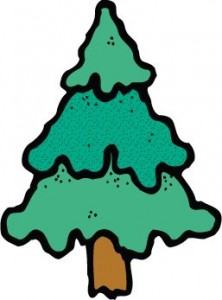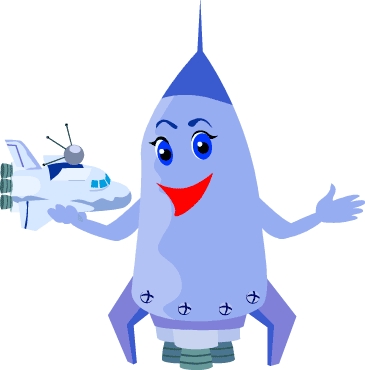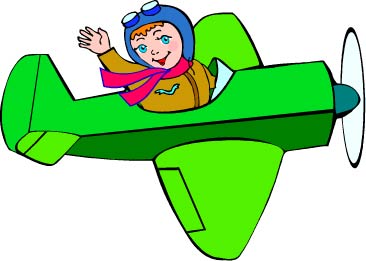 It doesn’t seem like a year ago that this little Christmas maths puzzle was posted, but Christmas is now just around the corner (although our local garden centre would have me believe that it started in early October!).
It doesn’t seem like a year ago that this little Christmas maths puzzle was posted, but Christmas is now just around the corner (although our local garden centre would have me believe that it started in early October!).
This puzzle looks quite easy but can cause a lot of problems. Probably suitable for older children, or even mums and dads! It asks to put the digits 1 to 9 in stars around a Christmas tree so that each side of four stars adds up to the same total.
There are a number of solutions, the one shown just an example.





